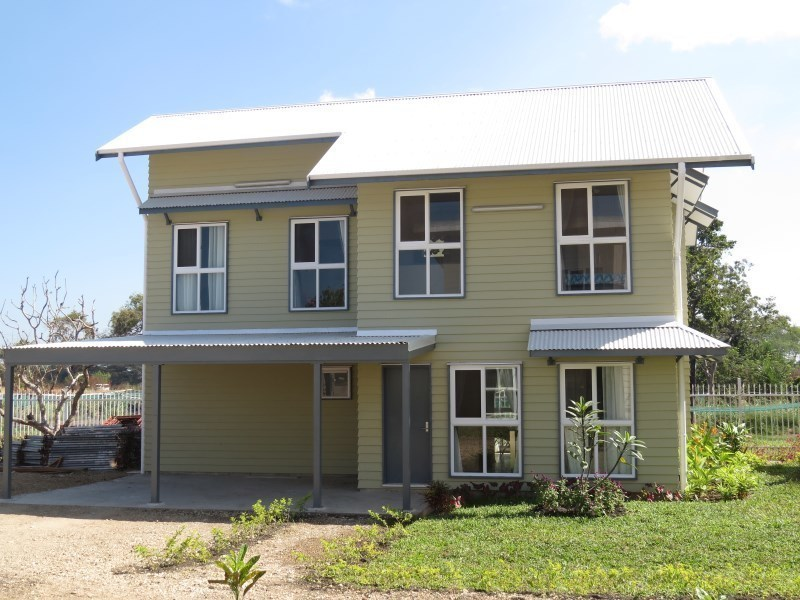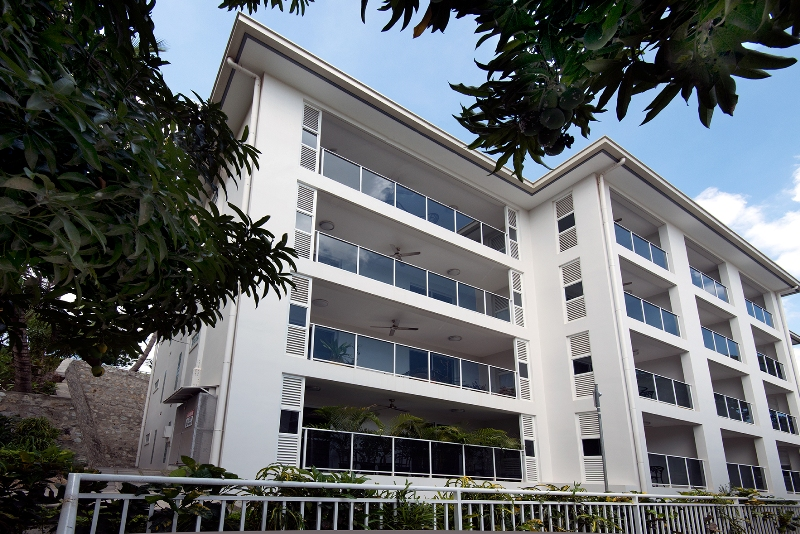A home loan is an agreement by which a borrower can use a property as collateral in securing a mortgage. By and large, this term commonly refers to home loans.
What entails this process is, as a borrower, for instance; you must sign an agreement with a lender of your choosing when you're in the process of buying a house. This will give the lender every right to claim and resell your property should you fail to uphold your end of the bargain.
In addition, the lender has every right to take the property off you during what is known in lending jargon as a foreclosure, whereby you'll be asked to move out of the house in order for the bank to go ahead with the process.
This sales process equates to generating money, on behalf of the lender, to help offset how much debt you owe to the ledner.
The terms “home loan” and “mortgage” are commonly used interchangeably. Technically speaking, the outgrowth of a mortgage is synonymous with the agreement that gives birth to a home loan.
The Need For Mortgages
For the most part, real estate tends to be expensive, and most people just don't have enough to buy a home straightaway. Rather, they rely heavily on what they can afford as down payments, plus their eligibility to get a loan.
In PNG, a typical down payment is usually 10%, and borrowers usually borrow the balance once they've chipped in their down payment. Most often than not, this balance can amount to hundreds of thousands of kina.
To a larger extent, a bank will only approve your loan if it sees a way to reduce the risk involved.
As a basic requirement, a bank will seek permission to include a lien against the property in question, and it is found in the fine print of the agreement between the borrower and the bank, in general.
The lien acts as an officialdom that allows the bank to foreclose your property where necessary; in other words, when you default on your mortgage payments.
The database for mortgage applications is dominated by individuals and families, for that matter. But businesses can also purchase properties with mortgages, as well.
The various types of mortgages
There are various loan types on hand, and the secret in knowing which one will work best in your situation is to understand the associated terminology.
Let’s look at these terminologies...
Fixed-rate mortgages
Fixed rate mortgages are the smooth kind of loans to anticipate, in that, you are required to make the same monthly payments throughout the term of the loan.
These are long term loans that usually attract a repayment period between 15 and 40 years, even though there are other terms available.
The math behind fixed-rate mortgages is quite simple, too. You can do the calculation yourself, or the bank can help you with it.
The goal is to get a fixed monthly payment based on an all-inclusive amount that comprise the loan balance, interest rate, and the length of time it would take you to complete the loan
Fixed-rate loans are easier to handle, in the sense that they embody a DIY approach. You can do the math by yourself to know how much you'll be paying monthly, within a set time period, or simply have the bank do it for you.
Tools like spreadsheets and online templates, as well as calculators are user friendly, thus, will enable a straightforward calculation. This is also an excellent way of comparing lenders to figure out which one is right for you.
Adjustable-rate mortgages
The interest rates accompanying adjustable-rate mortgages can change without notice in a loan repayment term. Your monthly repayments under this scheme usually correspond to the changes that come about, for better or for worse, depending on the circumstances at that time.
Here, the interest rates are the draw card when it comes to determining how big or small your monthly payments will be; hence, the higher the interest rates, the more you will pay as monthly installments - the opposite is true.
With adjustable-rate mortgages, the interest rates remain fixed up to a certain point after some years, before they become adjustable annually. Notwithstanding, there are few restrictions as to what end these rates can increase or decrease.
All in all, adjustable-rate mortgages are high risk loans, simply because as a borrower you're not privileged to know how much monthly payments you'll be making in ten years time, for instance, and whether or not you're able to afford it.
Home Equity Loans
Also known as second mortgages, home equity loans are loans that you borrow against the property you currently own.
This is only advisable when you find yourself in need of covering outstanding expenses. A common example includes educational expenses for your child, unforeseen expenses, etc.
Put differently, home equity loans or second mortgages are a type of loan by which you use the equity in your property as a collateral.
The loan amount mirrors the current value of the property, in where the value is determined by a valuer provided by the lender - in this case a second lender.
Such a loan type becomes useful when cashing out on a home equity in times of financial crises. However, it's not a cause for concern at the moment, given the type of loans offered by major lenders around PNG.
But for real estate educational purposes, it’s worth the mention.
Interest-Only Loans
These loans allow a borrower to only pay the interest cost, or a trivial amount that's sometimes much less than the interest cost paid monthly.
At the end of the day, you're left with a minuscule monthly payment, because you're repaying the loan principal.
However, the drawback of this loan type is that you don't have the luxury of building equity in your property, if that's what you have in mind, and in the end you will still pay the loan principal.
The interest-only loans will only make sense in certain short-term situations, but aren't the ideal options for homeowners wishing to create wealth in the long term.
Balloon Loans
Balloon loans are the type of loans that require you to offset them with a large chunk of payment, known simply in lending as a "balloon" payment, in order to diminish your debts or dinau after a set term.
For the most part, you just might have no payments to do until that time comes around, or rather you'll only be paying increments to that end.

Like interest-only loans, balloon loans are appropriate for short-term or temporary financing, because they're quite risky when you assume that you will have access to funds that you think you'll need, when these loans are due.
Refinance Loans
Refinance loans offer you the liberty to get a new or secondary loan to finance your existing loan upon a promising deal. In other words, you're getting another loan to pay off the old loan you got earlier.
This can be an expensive exercise due to closing costs, but the good thing about this process is that it will help you pay off your existing loan as time prevails.
That is to say, these two loans cannot be similar in nature. For instance, you cannot get a new fixed-rate loan to pay off the existing fixed-rate loan. Instead, the new loan can be a fixed-rate loan to pay off your existing adjustable-rate mortgage.
Obtaining a loan
Home loans are synonymous with heaps of documents and a lengthy, detailed process, in which several factors sync together.
So when thinking of getting a loan, make sure you’re prepared to delve into a lengthy process.
Credit and income history
Both your credit and income history together will determine whether or not your loan application will be approved.
This is why it’s imperative on your part to make sure there are no associated issues that may lead to an uproar before your application ticks all the boxes; even if there is, it’s wise to fix them ahead of the loan approval process.
Poor credit ratings and income records almost always prompt a denial, even worse if your application is successful but at a cost of higher interest rates. The latter being that you’ll be paying more than what you should be paying over the course of the loan term.
With your income and credit rating history, lenders have the right to substantiate your repayment potential with whatever loan they're about to give. This is one of the reasons why you have to prepare the necessary documents for the lender to sight.
Lenders will look at your existing debts to make sure you have sufficient income to pay off all of your loans—including the new one you’re applying for.
They'll calculate your debt-to-income ratio, which tells them how much of your monthly income gets eaten up by monthly loan payments.
It’s possible to buy with a small down payment, but your chances of getting approved are better when you make a larger one.
Lenders calculate a loan-to value-ratio which shows how much you’re borrowing compared to how much the property is worth.
The less you borrow, the lower the risk for your lender because they can quickly sell the property and recover all or most of their money. And a larger down payment gives you more of a personal stake in the property and more of an incentive to avoid foreclosure.
The Loan Pre-approval Process
It's always a step in the right direction to be able to know, beforehand, how much you can borrow when out shopping for homes. One way of accomplishing this is through a pre-approval by the lender.
This qualifies as an introductory process, upon which the lender will need to assess both your credit and income histories. Once done, the lender will inform you of the maximum loan amount you're eligible to get.
Nonetheless, this doesn't necessarily mean you'll be approved, yet it's information worth noting. What happens is that after the lender assesses anything and everything to do with your credit and income backgrounds, they will officially let you know if you're approved or denied, while under contract.
The more, the merrier, and as time wears on, you will soon realize that a pre-approval letter can go a long way in reinforcing your offer, when it's time.
How Much To Borrow
The thing about borrowing is that banks will tell you how much you're able to get, but will not discuss with you how much you should get.
This is a personal decision, so how much you want to get, the type of loan you want, and the kind of down payment you can afford, will fall on you as the decision maker.
These factors tend to become the primary focal point in helping you determine how much you will pay monthly, and how much of an interest you're likely to afford during the loan's lifespan.
Substantially, it's quite risky to opt for the maximum amount available, mainly when you're considering some cushion in your monthly payments.
Available Loan Programs
There are occasions where you will come across loan programs offered by the government and other local businesses.
What you should be aware of is that these loan programs make it easier to get approved, even some do offer creative incentives designed to make homeownership more affordable and attractive at the same time.
Then there are similar programs that allow you as the borrower to get refinancing, even when you owe more than what your house or property is worth.
The Bottomline
Understanding mortgages is one thing. Choosing which suits your needs is another. Probably the most important thing to remember here is that, when you approach a lender for a loan, it will make sense to know what types of mortgages are available and the advantages and disadvantages for each of these loans.
Your goal is to find the one that’s right for you.
Disclaimer:
This article is meant for informational purposes only and is not intended to be construed as financial, or investment advice. Hausples encourages you to reach out for professional help regarding your own real estate situation.

















Comments